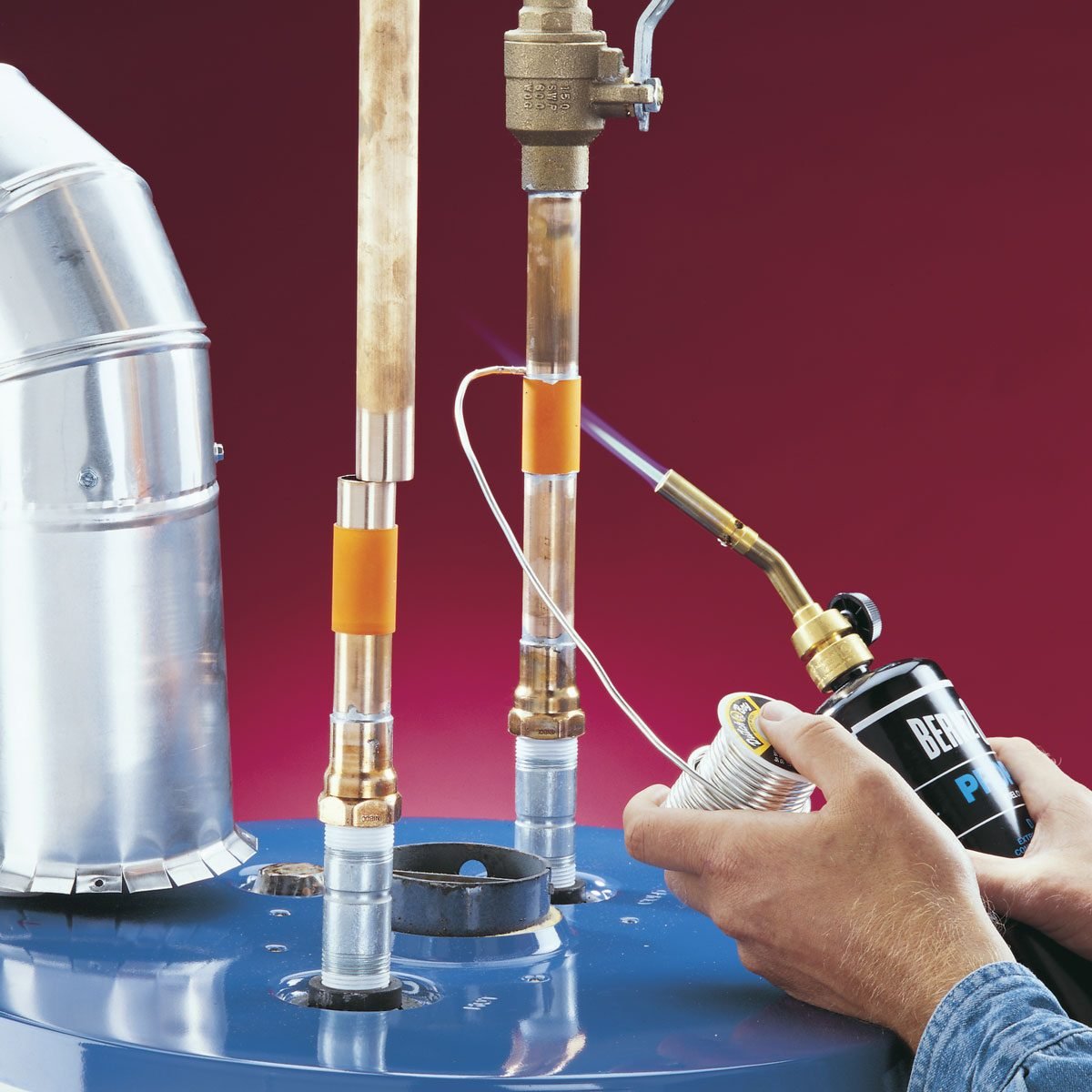Fast and prompt water heater installation in Yorba Linda – call now
Fast and prompt water heater installation in Yorba Linda – call now
Blog Article
Do It Yourself Water Heater Installation: Vital Steps for Success
When taking into consideration a DIY water heating unit installment, it is essential to approach the task with a methodical attitude, as the process includes a number of critical actions that can considerably affect both safety and performance. Picking the suitable water heater for your particular needs is simply the beginning; preparing the setup area and comprehending the required tools and products are equally crucial.
Selecting the Right Water Heater
When selecting a water heating unit, it is necessary to consider numerous essential variables to guarantee optimum efficiency and effectiveness - water heater installation Brea. To start with, review the sort of water heating unit that best suits your demands. Choices include tankless, storage tank, and warm pump water heating systems, each offering distinctive advantages in regards to power efficiency and area needs
Following, evaluate the capability needed for your house. A bigger family members might need a device with a higher gallon capacity or a tankless system that can give constant warm water. It's also vital to think about the energy resource; usual options consist of electrical, all-natural gas, and lp. Each power type has implications for installment costs and long-term power costs.
Energy performance is another important aspect. By carefully reviewing these factors, you can choose a water heater that lines up with your home's certain demands, making sure convenience and efficiency for years to come.
Devices and Products Needed
Effectively mounting a water heating system calls for not just the appropriate selection of system however likewise the proper tools and products. Before getting started on your do it yourself job, guarantee you have an extensive checklist of things to facilitate a smooth setup process.
Important devices consist of a pipeline wrench, adjustable pliers, and a screwdriver set (both flathead and Phillips), which will certainly aid you manage various installations and links. In addition, a drill with proper little bits is necessary for placing braces or making any called for holes. For security, a voltage tester is essential, especially when taking care of electrical water heaters.
When it comes to products, acquire Teflon tape to guarantee leak-proof links on threaded installations. You will certainly also require a flexible supply of water line, which can be either knotted stainless steel or PVC, relying on your preferences and regional codes. Don't fail to remember to equip up on installations, such as couplings and elbows, to link the plumbing firmly. A frying pan or drip tray can aid handle any kind of possible leakages, providing an included layer of security. By collecting these devices and materials ahead of time, you set the phase for an effective hot water heater installation.
Getting Ready For Installation
Prior to starting the setup of your water heating unit, it is crucial to evaluate the setup site to ensure it fulfills all required demands. Beginning by validating that the area is well-ventilated, specifically for gas water heating systems, to avoid the buildup of harmful gases. Look for the schedule of needed connections, including water lines and electric outlets, ensuring they remain in good problem and appropriately situated.

This positive technique not just makes certain conformity with local structure codes yet likewise boosts the long life and efficiency of the water heating system. Appropriate preparation sets the phase for a smooth setup process and aids stop unexpected concerns.
Step-by-Step Setup Process
With the preparation full and all necessary evaluations performed, the next phase involves the detailed setup of your hot water heater. Begin by guaranteeing that the brand-new unit is located properly, aligning it with the existing plumbing and electrical connections. For tank-type water heaters, connect the cool water supply line to the inlet, commonly noted in blue, and the hot water line to the outlet, usually marked in red. Use Teflon tape on threaded joints to prevent leaks (water heater).
Next, protect the temperature level and pressure safety valve, which is important use this link for safety. Affix the discharge pipe to this shutoff, routing it in the direction of the floor or a suitable drain area. For electric designs, connect the power supply by stripping the cables and securing them to the heating system's terminals according to the maker's instructions.
If you are mounting a gas hot water heater, make sure the gas line is connected properly and inspect for leaks making use of a soap option. Connections are made, load the storage tank with water before turning on the power or gas supply. Finally, enable the water heater to get to the desired temperature and look for any type of leakages around all links.
Ensuring Safety And Security and Performance
Frequently making certain safety and effectiveness during the installment and procedure of your water heater is vital for optimal efficiency and longevity. Begin by picking an ideal location that abides by regional building codes and provides ample air flow. Make certain Go Here that the area is devoid of combustible products and has enough space for maintenance and evaluations.

After setup, conduct regular look at the device to detect leaks, corrosion, or unusual noises. Establish the thermostat to a secure temperature level, typically around 120 ° F, to stop scalding and enhance power performance. Protect pipes to reduce warm loss, which adds to decrease energy expenses.
Conclusion
In conclusion, effective Do it yourself water heating unit setup hinges on cautious planning and implementation. Choosing the appropriate water heating system, preparing the installment location, and adhering to a systematic installation procedure are important actions.
When taking into consideration a DIY water heating unit installment, it is necessary to come close to the job with a methodical frame of mind, as the procedure includes numerous essential actions that can dramatically affect both safety and security and effectiveness.Prior to beginning the setup of your water heater, it is crucial to analyze the setup site to guarantee it satisfies all essential needs. these details For tank-type water heating units, link the cool water supply line to the inlet, generally marked in blue, and the warm water line to the outlet, normally assigned in red.Regularly making sure safety and performance during the installment and procedure of your water heater is critical for optimal efficiency and long life. Picking the proper water heating system, preparing the installation area, and following a methodical installment procedure are essential actions.
Report this page